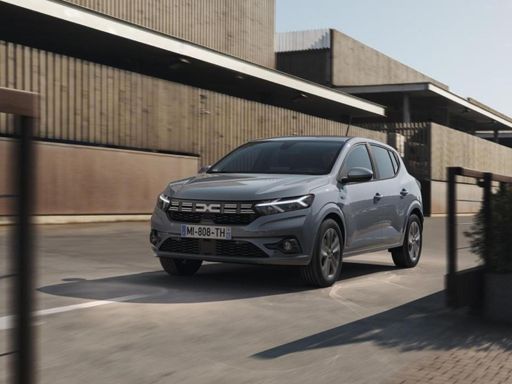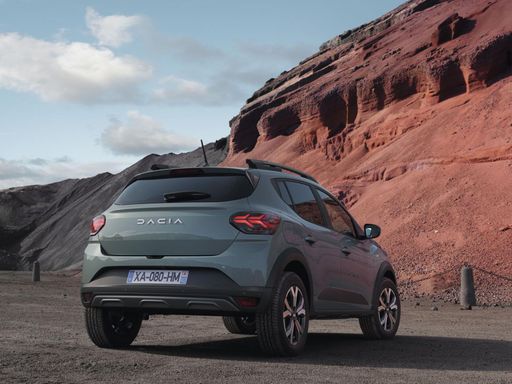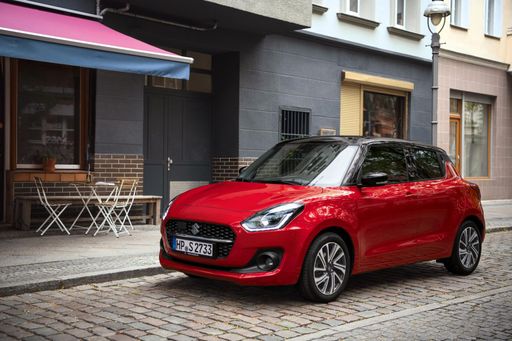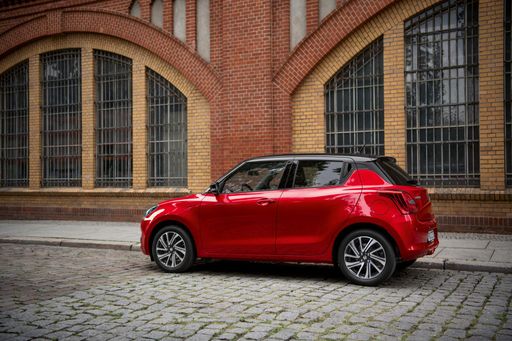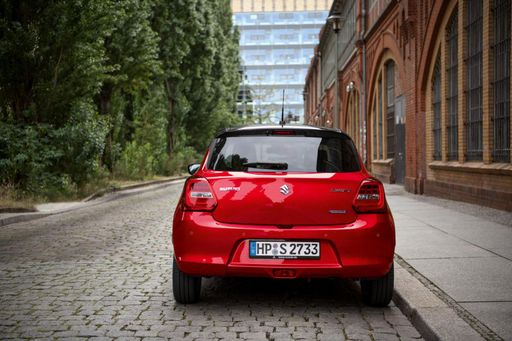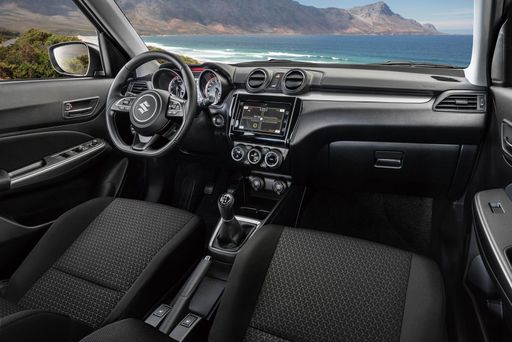Head-to-Head: Dacia Sandero vs. Suzuki Swift
The compact hatchback segment has always been a hotbed of competition, where practicality meets efficiency and style. Among the front-runners in this category are the Dacia Sandero and Suzuki Swift, two models that cater to the same demographic of budget-conscious yet style-aware consumers. In this article, we dive into a detailed comparison of these two contenders, focusing on their specifications, technical innovations, and overall value proposition.

